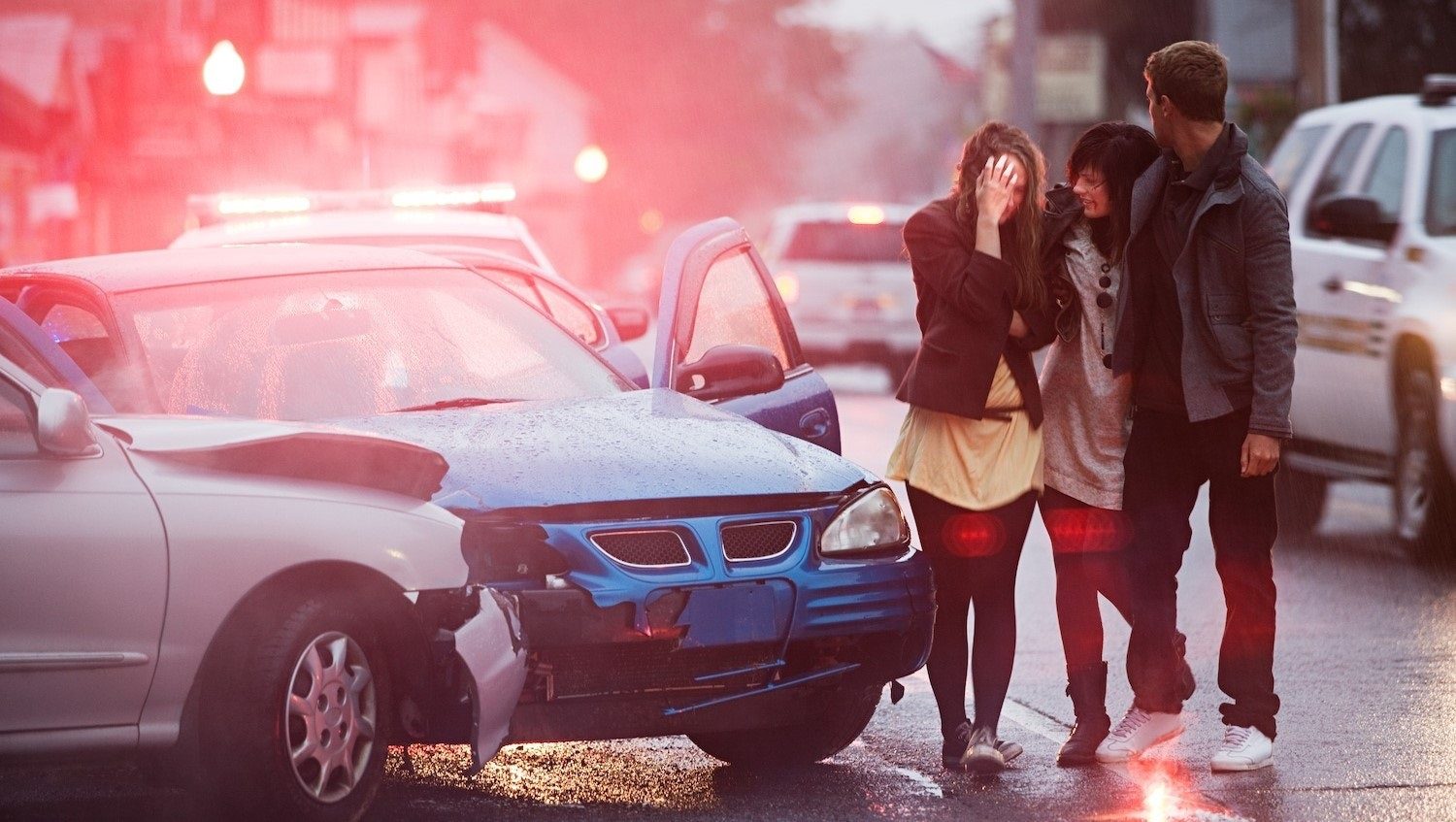
© Getty ImagesNew study questions whether all teenagers are up to the demands of driving.
The finding has prompted the authors, led by neuroscientist Elizabeth Walshe from the University of Pennsylvania,
to call for routine memory testing of teens to weed out those not ready to take the wheel. They could instead be offered extra training.The study comes on the back of a stark set of numbers.
Statistics from the Centres for Disease Control and Prevention show vehicle crashes are the leading cause of death in US teens. Six teen drivers die on the roads each day with the cost of adolescents injured in crashes topping $US13 billion in 2016.
Having a callow youth at the helm is also
bad news for other youngsters in the car. More than half of children aged eight to 17 who die in crashes are in cars driven by someone under 20.
The authors' suspicion was that some teenage brains are just not up to the job.
Driving puts big demands on your working memory. That's the "scratch pad" that keeps track of things that happened in the last few seconds and
helps you decide what to do next.
It is critical brain kit for drivers, who have to check their speed, read road signs and take in what the GPS is saying, all while keeping an eye on the moveable feast of stuff happening on the road. But the authors say working memory is very much a work in progress for adolescents.
One key stat shows 20-year-old drivers have
fewer crashes than equally experienced 17-year-olds, suggesting the older drivers have a developmental advantage.
The authors suspected that might be in working memory.
To find out they enlisted the help of young people from the Philadelphia Trajectory Study, which tracked risky behaviour in youths aged 10 to 20 between the years 2004 and 2014.
The researchers surveyed the crash history of 84 of those young people, average age 20, who had started driving. Twenty-five of them - just shy of 30% - had been in at least one crash. Four had been in two bingles, and two drivers had more than three crashes.
But the Philadelphia study also did something that was gold for the researchers.
It measured working memory, including with the so-called "two-back" test. In
one version of the test you see a stream of images one after the other; for example, a cat a fish, a spoon and a ball. The challenge is to say when the current image is the same as the one two steps back.
The team dug through the files to see how the 84 youngsters had done over their decade of memory tasks.
All made gains in working memory, but it was the rate of improvement that mattered. Those with a flatter upward slope - whose memory gains were relatively poor - were significantly more likely to crash within the first three years or so of getting their license.
The American Academy of Paediatrics Teen Driver
guidelines reference the higher crash rates of teens with developmental issues such as ADHD. But the authors suggest there may be a critical omission.
"To our knowledge, no evidence exists for recommendations around expected individual variation in typical neurocognitive development, including working memory capacity, which co-occurs during the period of learning to drive and early licensure," they write.
That is a deficiency, they note, that could be a new target for injury prevention in young drivers.
"Monitoring working memory development across adolescence as part of routine assessment could help to identify at-risk drivers, as well as opportunities for intervention. Attention and driving skill deficits due to insufficient working memory may be one of the most modifiable risk factors," they conclude.
One possible intervention is extra training in a driving simulator. Given the general affinity of modern youth for anything on a screen, that should not be too tall an order.
The study appears in the journal
JAMA Network Open.
I would bet that a lot of the teenagers who've been responsible for car accidents are great at playing video games, which requires a good working memory, but happened to be mentally obsessed with some subjective issue when they needed to be paying attention to the driving task.